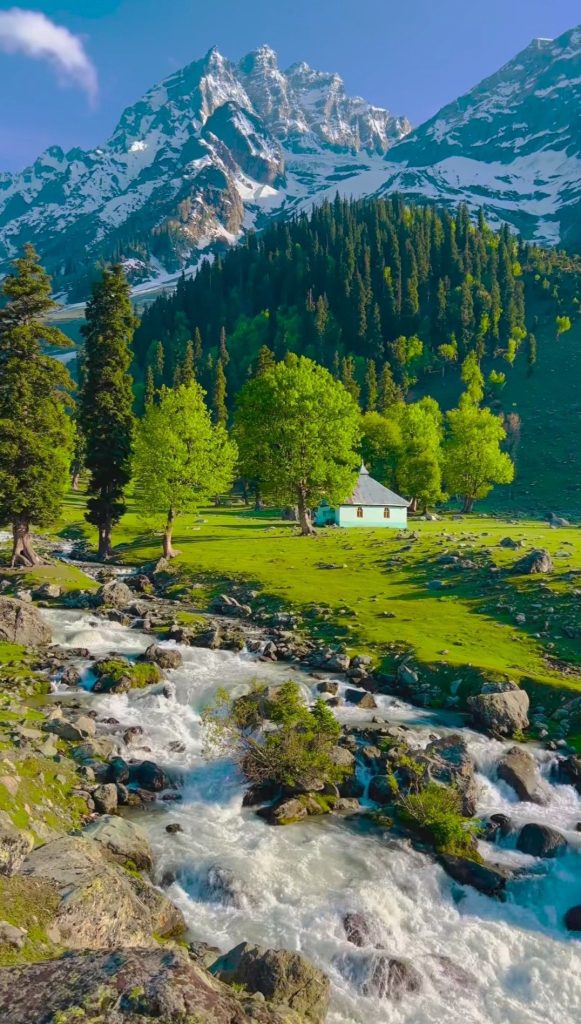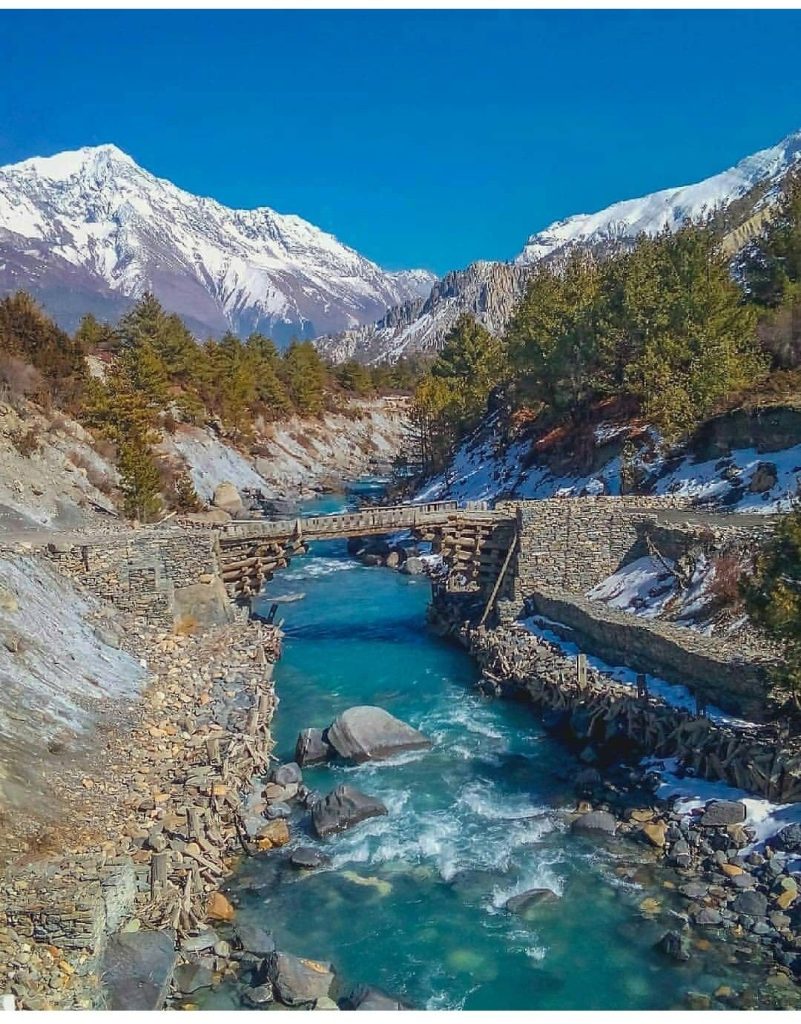Nestled in the lap of the majestic Himalayas, Pokhara is often called the “Gateway to the Annapurna Circuit” and is one of Nepal’s most enchanting destinations. Known for its serene lakes, breathtaking mountain views, and adventure-filled activities, Pokhara is a paradise for both peace-seekers and thrill-lovers.

A City Wrapped in Nature:
Pokhara’s charm lies in its balance of serenity and vibrancy. Unlike Kathmandu’s chaotic energy, Pokhara greets visitors with tranquil lakes, emerald hills, and a horizon where snow-capped peaks reflect in crystal waters.
At the heart of the city lies Phewa Lake, a vast stretch of calm water where brightly painted boats drift lazily and reflections of Machhapuchhre shimmer on the surface. Early mornings are particularly enchanting, when mist floats above the lake and fishermen paddle silently, creating ripples in the stillness.
Must-See Attractions in Pokhara:
- Phewa Lake and Tal Barahi Temple
This is Pokhara’s beating heart. Renting a colorful boat and rowing toward the island temple of Tal Barahi is a must-do. At sunset, the lakeside comes alive with golden hues, musicians, and the hum of cafés. - Davis Falls (Patale Chhango)
A roaring waterfall that mysteriously disappears underground into a cavern. Legend says it was named after a tourist who was swept away, adding a touch of mystery to its beauty. - Gupteshwor Mahadev Cave
Just across from Davis Falls lies this sacred cave. As you descend into its depths, you’ll find a shrine dedicated to Lord Shiva and hear the roar of the waterfall echoing inside. - World Peace Pagoda (Shanti Stupa)
Sitting atop a hill overlooking Pokhara, this Buddhist monument radiates calm. From here, you get panoramic views of Phewa Lake, the Annapurna range, and the valley below. - Sarangkot Sunrise Point
No trip to Pokhara is complete without witnessing the sunrise from Sarangkot. As dawn breaks, the first golden light kisses the Annapurna peaks, leaving travelers speechless. Sarangkot is also famous for paragliding — one of the most thrilling ways to see the Himalayas. - International Mountain Museum
For those fascinated by the Himalayas and Nepal’s mountaineering legacy, this museum offers exhibits on Sherpas, climbing gear, and stories of legendary summiteers.
Adventure Capital of Nepal
Pokhara is more than just a peaceful retreat — it’s Nepal’s adventure playground.
- Paragliding – Soar through the skies with the Annapurna range at your back and Phewa Lake beneath your feet.
- Trekking – Begin the iconic Annapurna Circuit or shorter treks like Ghorepani Poon Hill, Mardi Himal, or Ghandruk village.
- Boating & Kayaking – Paddle through Phewa Lake or try white-water rafting in the Seti or Trishuli rivers nearby.
- Zip-lining – Experience one of the world’s longest and steepest zip lines.
- Mountain Biking – Trails wind through hills, villages, and forests offering breathtaking views at every turn.
Adventure seekers will find Pokhara irresistible, while even the quiet soul can enjoy watching sunsets and sipping tea by the lakeside.
Culture, Food, and Local Vibes
Pokhara is not only about landscapes; it’s a melting pot of Nepali, Gurung, Magar, and Tibetan cultures. Walk through old Pokhara and you’ll see traditional houses, prayer flags fluttering in the wind, and monks in maroon robes.
The food scene is equally diverse.
- Dal Bhat Tarkari – Nepal’s staple meal of rice, lentils, and vegetables.
- Momos (dumplings) – A traveler’s favorite, available steamed or fried.
- Thukpa – A hearty noodle soup, perfect for chilly evenings.
- Tibetan bread – Served with honey or butter tea for a local twist.
The lakeside area is lined with cafés, rooftop restaurants, and bars that host live music. Whether you crave Italian pizza, Israeli falafel, or authentic Nepali curry, Pokhara has it all. Nights here are lively but not overwhelming, with a relaxed backpacker vibe.

Best Time to Visit Pokhara
The ideal times are:
- Autumn (Sept–Nov): Clear skies, best trekking season, spectacular mountain views.
- Spring (Mar–May): Blooming rhododendrons, mild weather, great for outdoor activities.
- Winter (Dec–Feb): Cold but peaceful, with snow-dusted landscapes.
- Monsoon (Jun–Aug): Lush greenery, roaring waterfalls, fewer crowds (but less mountain visibility).

How to Get There
Pokhara is about 200 km from Kathmandu. You can either:
- Take a tourist bus (6–8 hours with scenic stops).
- Fly from Kathmandu in just 25 minutes — a short but breathtaking flight with mountain views.
Final Thoughts
Pokhara is not just a city; it’s a mood, a feeling, and an unforgettable journey. It’s where you can wake up to Himalayan sunrises, spend afternoons boating on a calm lake, chase waterfalls, and end the night with music by the shore.
It’s both a place of adventure and healing — the kind of destination that calls you back long after you’ve left. For travelers seeking peace, thrill, or a mix of both, Pokhara is the jewel of Nepal that should never be missed.

Leave a Reply